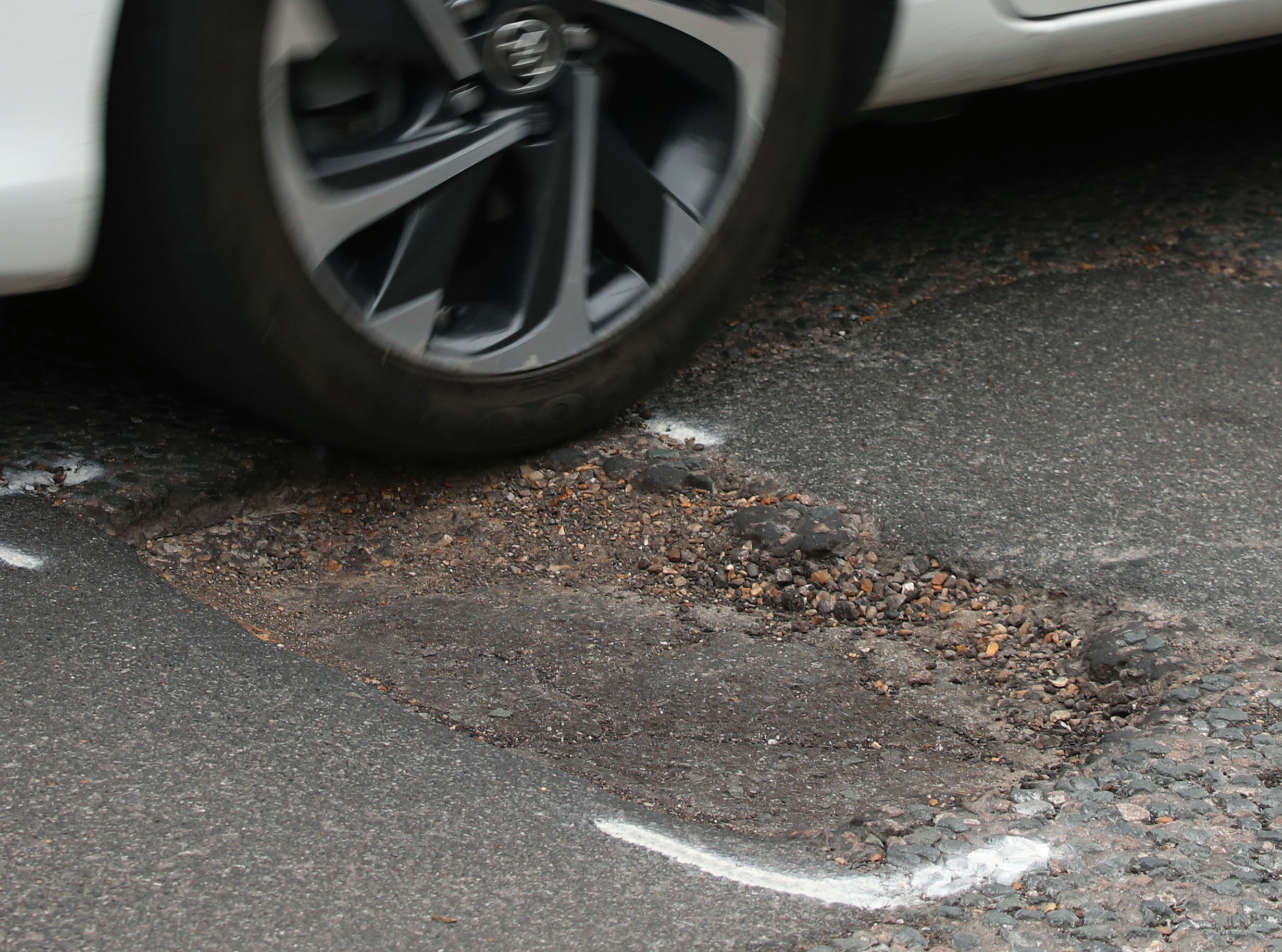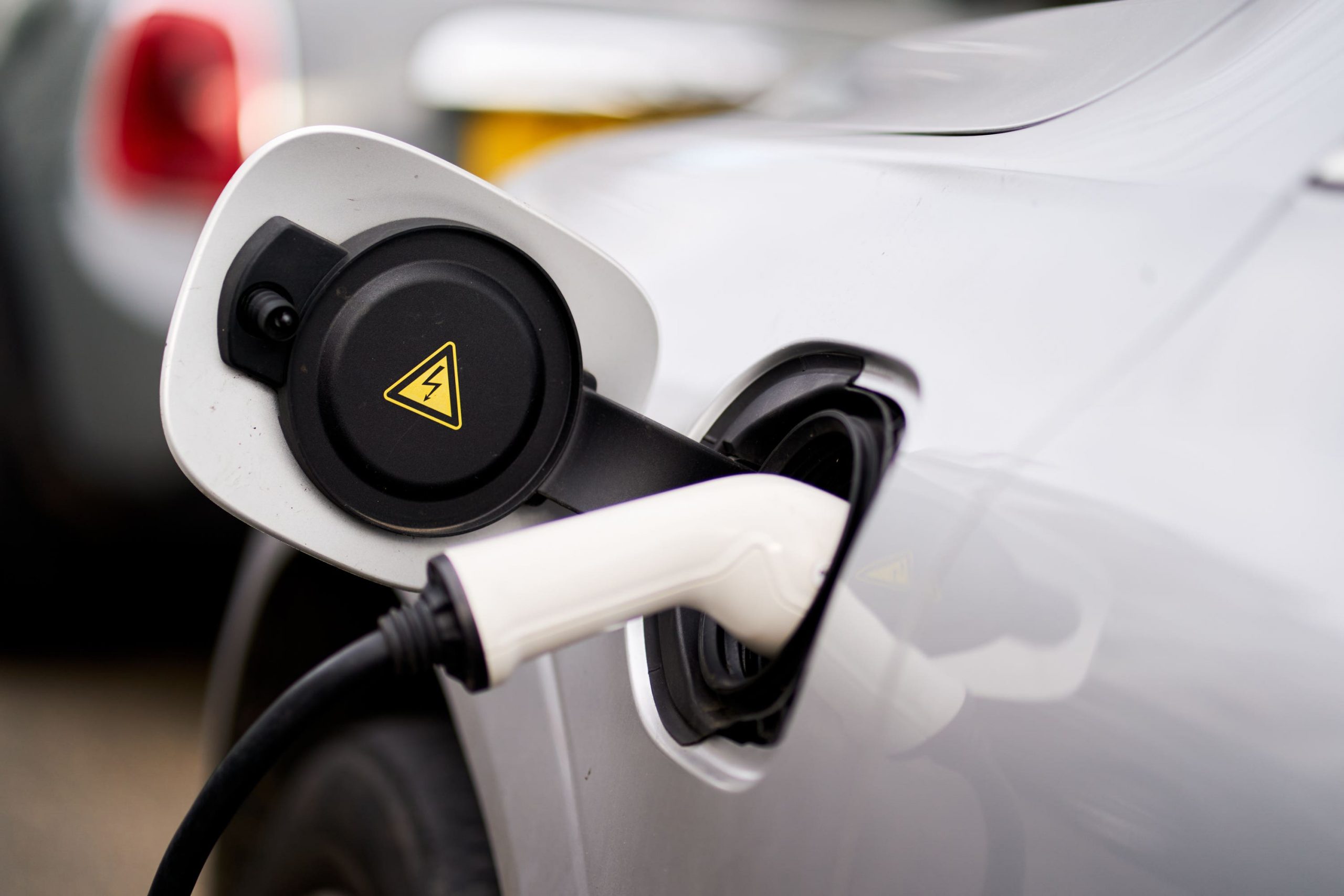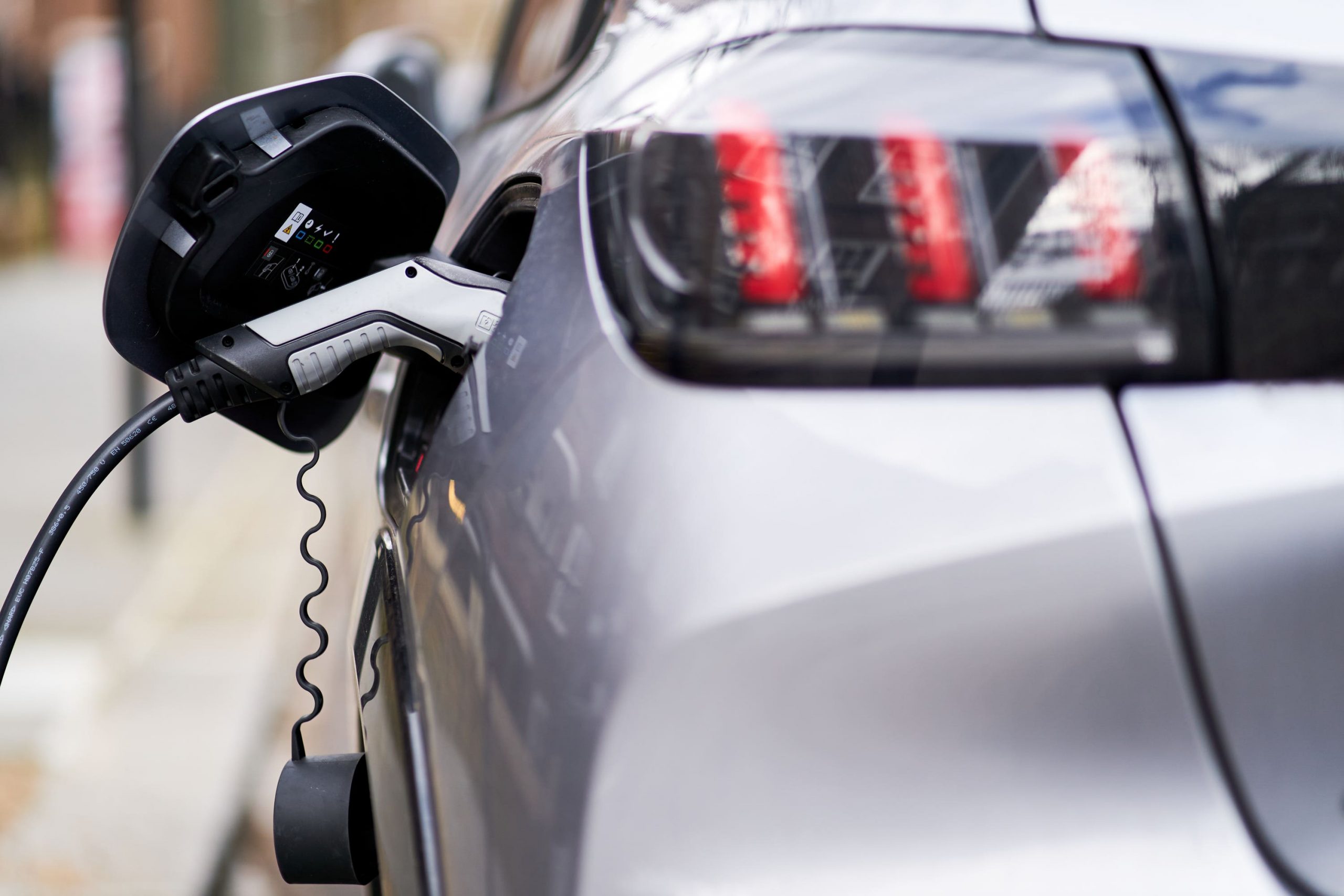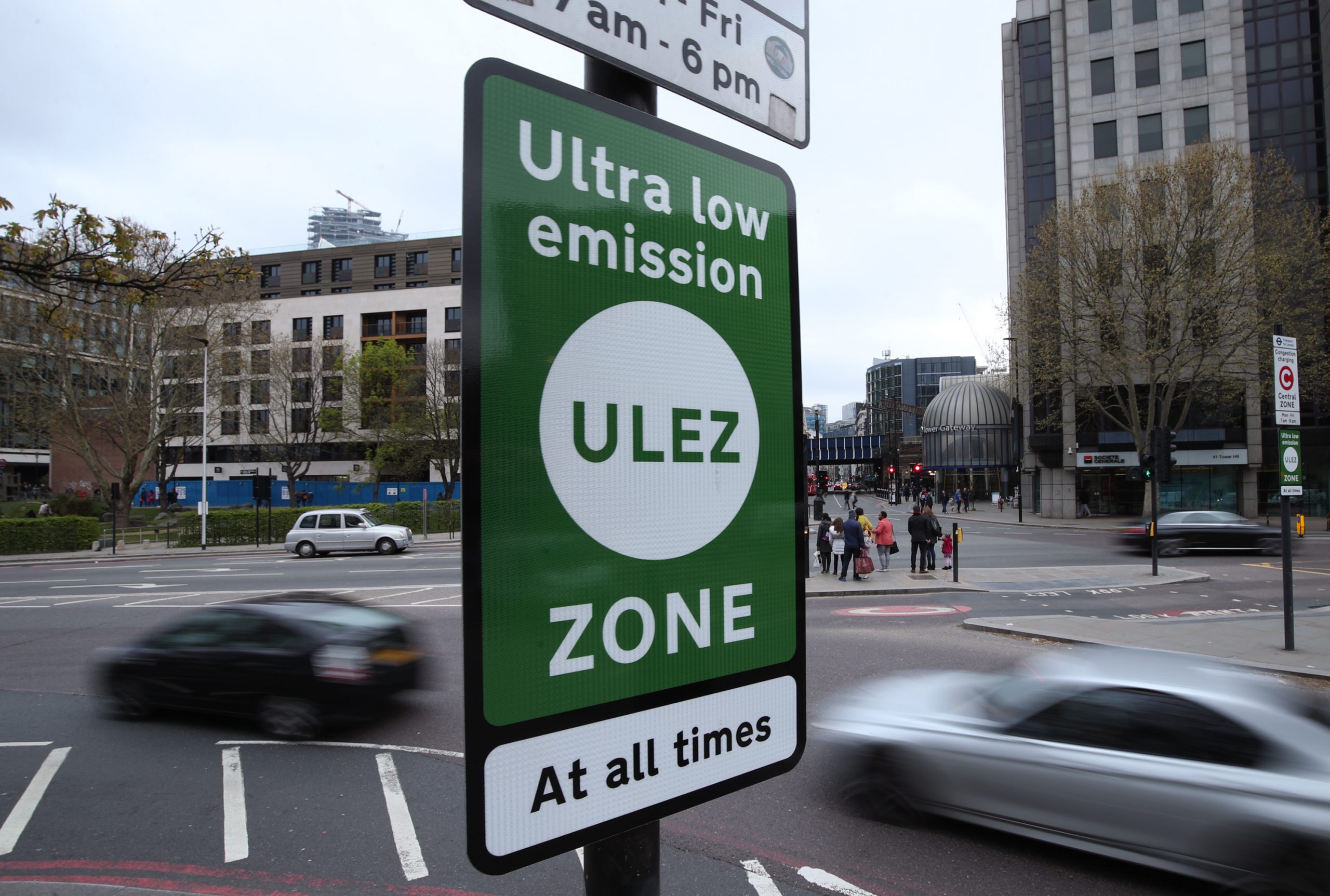A collection of 20 ‘barn find’ Ferrari models is set to go under the hammer in California this August.
‘The Lost and Found Collection’ offered by RM Sotheby’s will be presented in Monterey, California during Monterey Car Week on August 17 It’s a set of 20 cars found in Speedway, Arizona, having been left untouched for years.
However, despite their dusty home, some of the 20 models have featured in motoring’s greatest spectacles including races at Le Mans, the Targa Florio and the Mille Miglia. They had all been kept in a large warehouse until 2004’s hurricane Charley exposed the Ferraris to sunlight for the first time in over a decade when the building partly collapsed.
Though some of the cars were ‘bearing the scars of debris’, they were moved to a secure warehouse in Indianapolis where they have remained ever since.
Rob Myers, RM Sotheby’s, said: “While a select group of Ferrari collectors knew about the existence of these extraordinary cars, the rest of the world remained unaware. This represents a once-in-a-lifetime opportunity for enthusiasts to acquire these iconic Ferraris, some of which have participated in renowned races.
Most of these lost Ferraris remain untouched, preserving their purity and original condition since the day they were acquired—a true embodiment of the ‘barn find’ concept. It is the first time that RM Sotheby’s has presented a barn find collection of this magnitude to the market.”
Highlights include one of four 240 GT Coupes built by Pininfarina in 1956, a 1965 275 GTB/6C Alloy by Scaglietti which could fetch up to $2.5m (circa £1.98m) and a 1978 Ferrari 512 BB Competizione prepared for the 24 Hours of Le Mans of the same year. Raced as #87, the 512 BB managed a stint of 19 hours before it retired.










